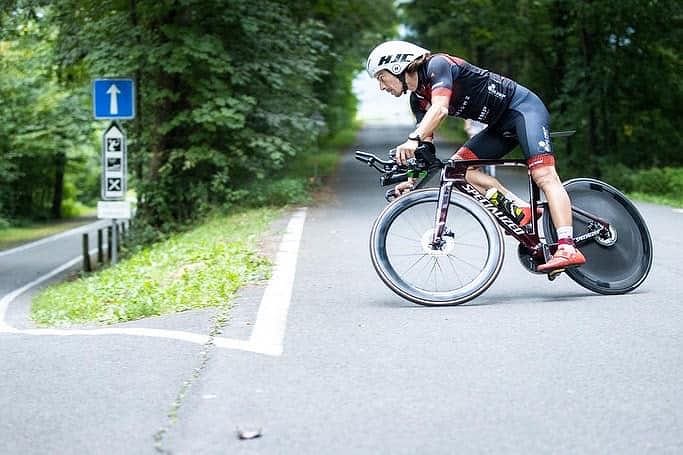Preparing for a triathlon involves more than just physical readiness; it equally requires a robust mental game. We must be primed for the competition, understanding that their mindset can significantly impact their performance. Utilising cognitive tools like visualisation and setting clear, realistic race goals can enhance performance and aid athletes in conquering the challenges of swimming, cycling, and running.
Understanding Visualisation and its Potency
Visualisation is a cognitive tool that involves athletes mentally rehearsing their performance, imagining themselves in action with as much sensory detail as possible. It's a focused mental exercise, going beyond casual daydreaming or wishful thinking. The "functional equivalence hypothesis" suggests that imagining an action activates similar neural pathways as performing it. Regularly visualising successful performances can reinforce these pathways, enhancing physical performance and building a robust mental game, which is critical for triathletes.
Enhancing Triathlete Performance with Visualisation and Mental Strategies
Visualisation and other mental strategies can significantly aid triathletes in various aspects of their race:
Race Preparation and Goal Setting: Being clear about expectations, measures of success, and plans for achievement aids in mental preparation. Visualising the entire race can offer a mental map that helps athletes anticipate course challenges and devise strategies to tackle them, leading to effective race strategies and improved focus, even in unexpected situations.
Transition Management: Triathlon transitions can be chaotic and stress-inducing. Mentally rehearsing these transitions using visualisation techniques can make them smoother and quicker on the actual race day.
Confidence Building and Maintaining a Positive Attitude: Regularly visualising peak performance can cultivate a stronger belief in abilities, translating into increased self-confidence and maintaining a positive outlook on race day, focusing on potential achievements rather than shortcomings.
Pain Management: Visualisation can assist in managing pain and fatigue by diverting focus away from discomfort, helping athletes maintain a strong pace even when physically spent.
Managing Anxiety with Breathing Exercises and Pre-race Routines: Simple breathing exercises and establishing a pre-race routine can soothe nerves and reduce anxiety. For instance, activities like listening to music, stretching, or a warm-up run can set the right mental tone before the race.
Anticipating Challenges: Visualisation is crucial for preparing for potential challenges. Envisioning scenarios like a fogged-up goggle during the swim or a flat tyre during the bike section can help maintain calm and effective reactions if they do occur.
Staying Present: Focusing on the here and now, rather than dwelling on the past or future, aids in maintaining concentration during the race.
Implementing Effective Visualisation
Here are some steps to effectively use visualisation:
- Detailed Imagery: Picture the racecourse with as much detail as possible. Utilise all senses to gather information about the course – the crowd's roar, the sensation of the water or road, the taste of energy gels.
- First-Person Perspective: Visualise from a first-person perspective, as if living the experience in real-time, to enhance performance.
- Positive Imagery: Always visualise peak performance. See a swift, seamless transition, powering up those hills on the bike, or maintaining a strong pace on the run.
- Rehearse the Transitions: Spend ample time visualising the transitions. Picture the switch from swimming to biking and then to running.
- Include Challenges: Visualise handling potential challenges to stay calm and react effectively if they do occur.
- Focus on the Critical Phases: Concentrate on the hardest parts of the race, especially the last 10-15k, usually the most critical phase.
Visualisation, along with the right mental strategies, can be a game-changer for triathletes, significantly enhancing their performance, managing transitions effectively, and building confidence. With practice and dedication, these techniques can elevate race day performances, allowing athletes to enjoy the race to the fullest.








